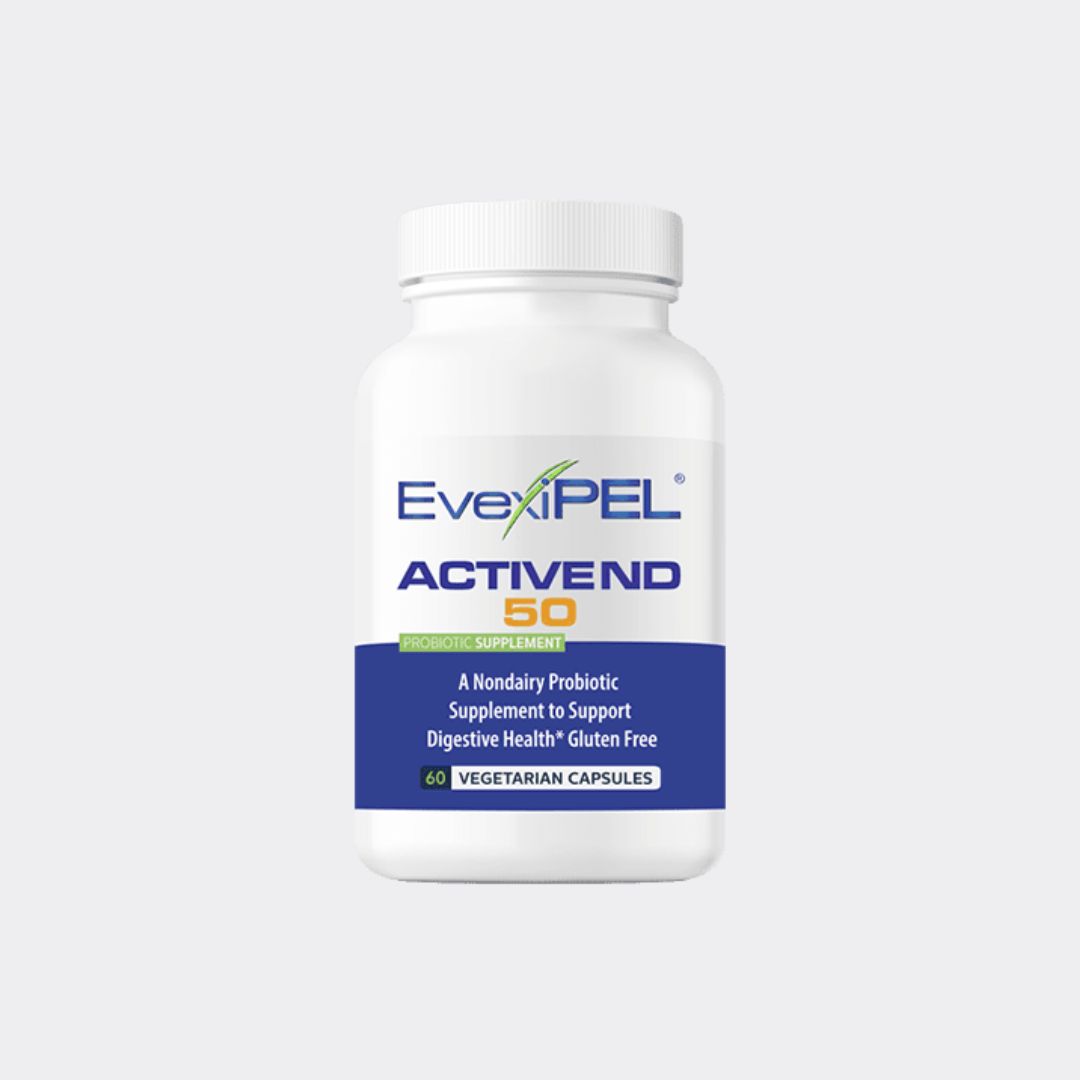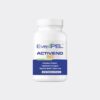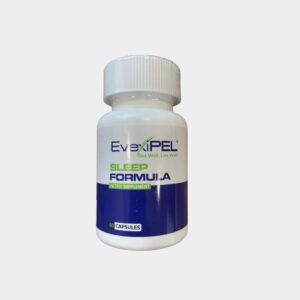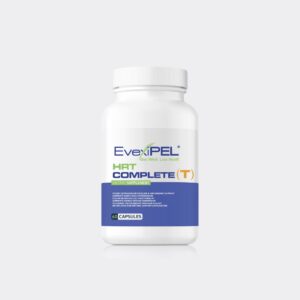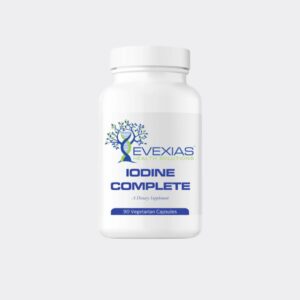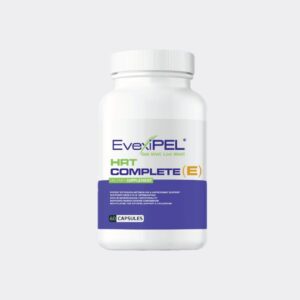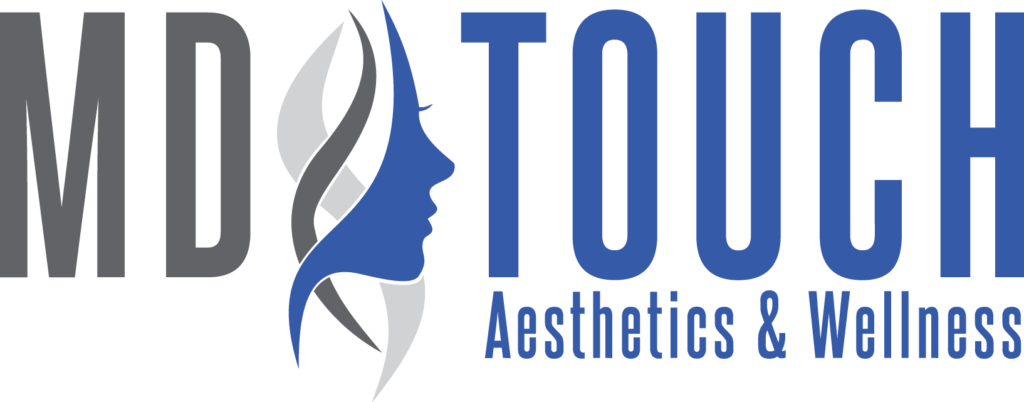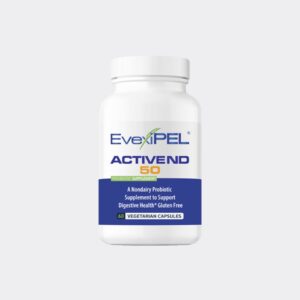- Mon - Fri: 8:30 AM - 5:00 PM
- (954) 960-6321
- 8884 Royal Palm Blvd, Coral Springs, FL 33065
WHY DO YOU NEED PROBIOTICS?
Probiotics are the “good,” healthy bacteria that live in our intestinal tract – or gut. We also have “bad” bacteria in the gut, and when we have too much bad bacteria and not enough good, bad bacteria (like fungus and yeast) can cause bloating, constipation and diarrhea. Along with healthy digestion, research has tied gut health to inflammation, autoimmune disorders, mental health and the ability to metabolize hormones properly. A proper balance of gut bacteria has also been show to promote heart health, weight loss and a healthy immune system.
The majority of the immune system resides in the digestive tract, which is why a healthy gut and probiotics are essential for optimum health. When you don’t have a proper balance of good bacteria in the gut, your body could struggle to fight off infection. This is especially true considering all of the antibiotics prescribed today. Antibiotics kill the good bacteria in the gut, so it’s essential to take good probiotics if you are on antibiotics. A strong immune system also helps ward off colds and the flu. If you’re concerned about getting sick, ask your practitioner how probiotics can help boost your immune system and shorten the duration of colds and the flu.
Keep in mind that a wide variety of probiotic formulas exists on the market today. Unlike Mega Probiotic-ND, other probiotic formulas may contain allergens like dairy, eggs or soy, which could cause allergic reactions for some. You will also find different strains of bacteria, pre-biotics and other ingredients, depending on the probiotic formula you choose. To ensure you find a probiotic to best meet your needs, ask your practitioner for advice and always read the label.
HOW CAN THE EVEXIPEL ACTIVE ND PROBIOTIC HELP ME?
Maintaining a healthy balance of gut bacteria may help boost immunity, reduce the risk for disease, improve mood and more. Your practitioner may prescribe EvexiPEL ACTIVE ND if you are lactose intolerant and/or to support:
- Immune system
- Gastrointestinal system
- Digestion normalization
- Regularity
- Neurological system
- Mental health and mood
- Heart health and lower bad cholesterol
- Weight loss and target belly fat
- Hormone optimization
HOW DO I TAKE EVEXIPEL ACTIVE ND PROBIOTIC?
Unless directed otherwise by your practitioner, you should initially take EvexiPEL Active ND 50 twice daily, after breakfast and after dinner, following the dosage recommendation below:
- Children ages 4 and older: 1 capsule
- Adults: 2 capsules
- Seniors: 3 capsules
For maintenance, take the dosage recommended above once daily after breakfast.
WHAT SIDE EFFECTS OR RISKS ARE ASSOCIATED WITH PROBIOTICS?
Probiotic formulas, like EvexiPEL ACTIVE ND 50, are generally well tolerated by most people, including children, adults and the elderly. Common side effects may include a temporary onset of gas, constipation, diarrhea or excess thirst.
Some probiotics contain ingredients with allergens. Read the label carefully and review allergens and intolerance’s with your practitioner prior to taking a probiotic.
While rare, if you have recently undergone surgery or an extended hospitalization, or if you have a suppressed immune system, consuming probiotics may put you at an increased risk for an infection.
People who suffer from severe acute pancreatitis should avoid taking probiotics.
If you’re pregnant or nursing, speak with your practitioner before taking probiotics or other nutritional supplements.
| Weight | 0.5 lbs |
|---|
